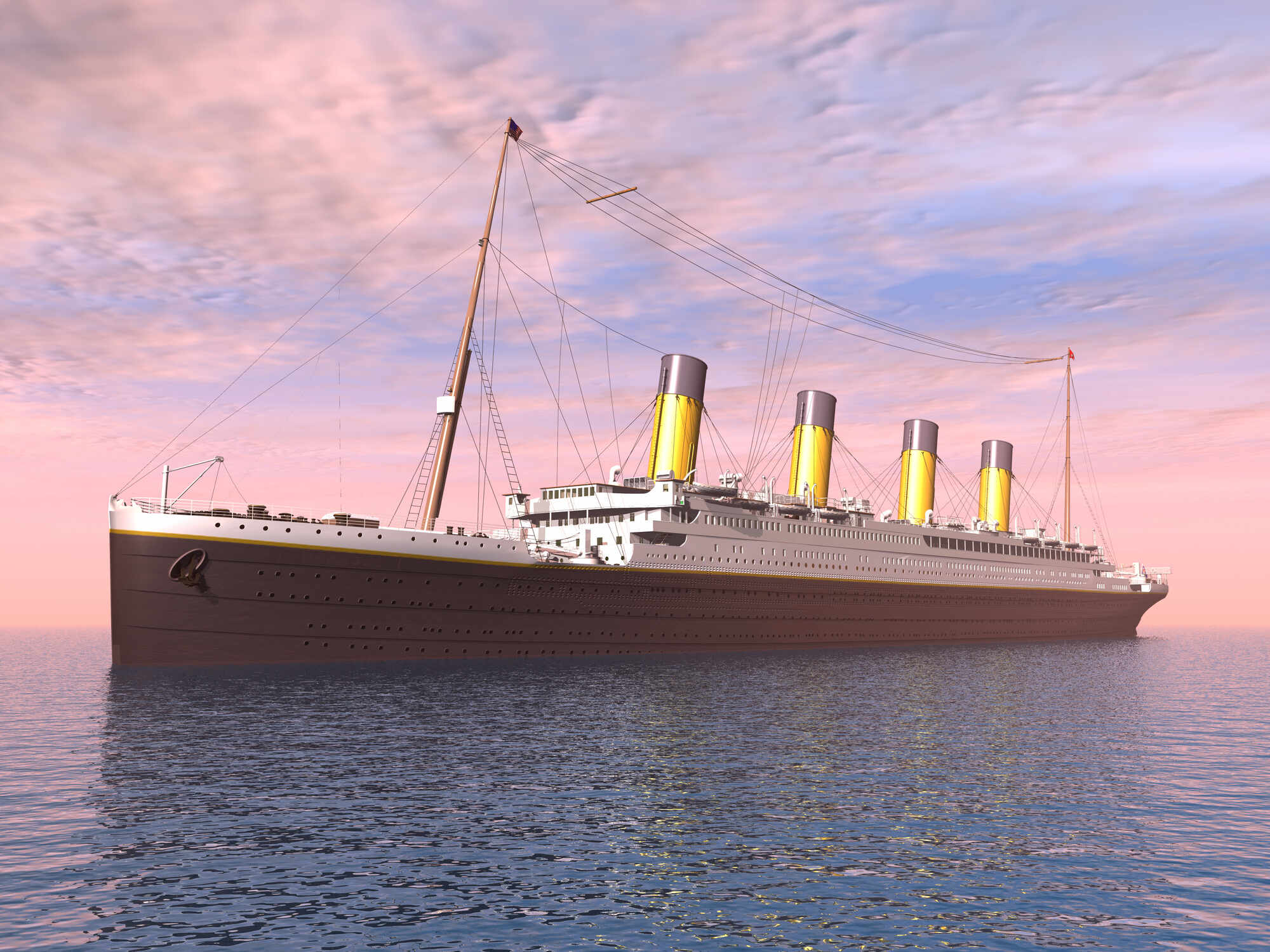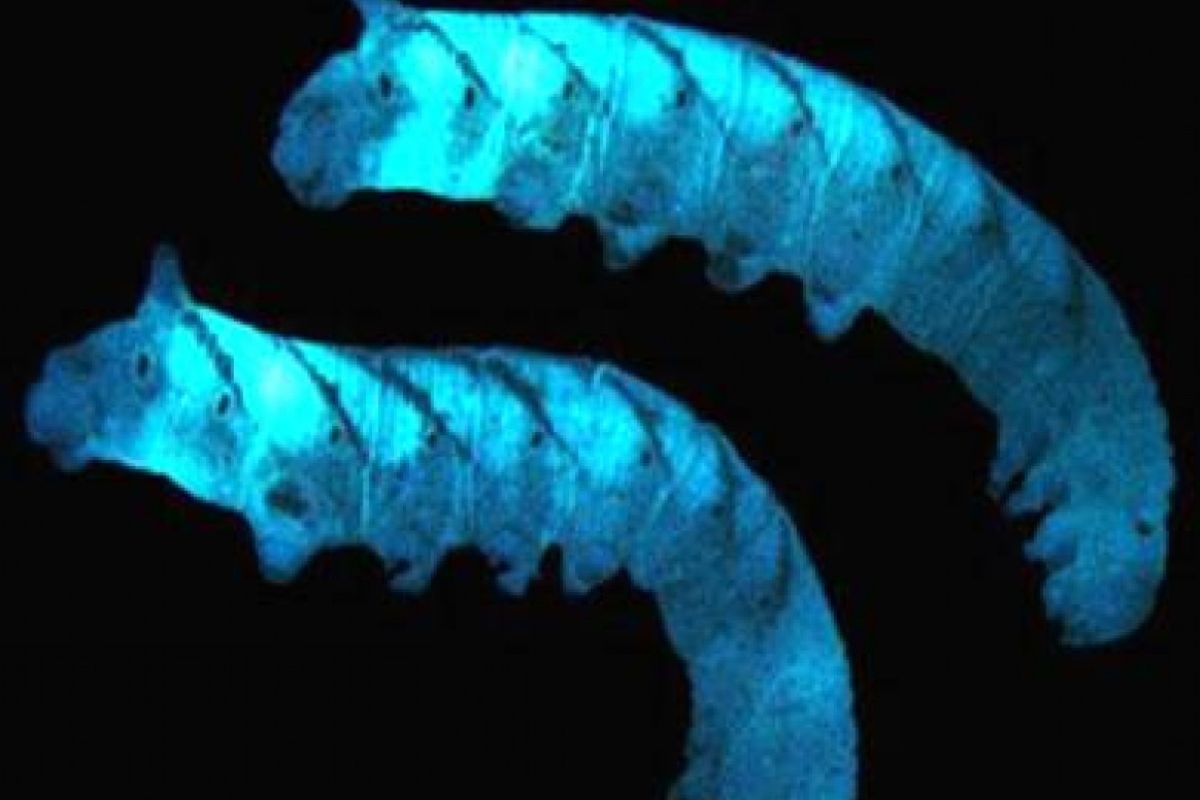
Did the Titanic really sink, or was it all part of a grand conspiracy? The Titanic, one of history's most famous ships, has been the subject of countless theories and speculations. Some believe it wasn't the Titanic that sank but her sister ship, the Olympic. Others suggest that the disaster was orchestrated for insurance fraud or to eliminate powerful individuals. These theories, while intriguing, often blur the lines between fact and fiction. Why do these Titanic conspiracy theories persist? Perhaps it's the mystery, the tragedy, or the human need to find hidden truths. Whatever the reason, these theories continue to captivate imaginations and spark debates. Let's dive into 35 of the most compelling Titanic conspiracy theories and see what they reveal.
Key Takeaways:
- The Titanic's history is filled with intriguing conspiracy theories, from insurance scams to mummy's curses. These theories continue to captivate people's imaginations and inspire books, movies, and documentaries.
- The Titanic's sinking has sparked numerous conspiracy theories, including deliberate sabotage of the communication system and intentional collision with an iceberg. These theories have influenced popular culture and continue to fascinate historians and enthusiasts.
The Titanic's Construction and Launch
The Titanic's construction and launch have been the subject of many conspiracy theories. Here are some intriguing facts about this phase of the ship's history.
-
The Titanic was built in Belfast, Northern Ireland, by the shipbuilding company Harland and Wolff. It took over two years to complete.
-
Some theorists believe the Titanic was switched with its sister ship, the Olympic, as part of an insurance scam. They argue that the Olympic was damaged and the switch was made to claim insurance money.
-
The ship's launch on May 31, 1911, was a grand event attended by thousands. However, some claim that ominous signs, like a near-collision with another ship, foreshadowed its tragic fate.
The Sinking of the Titanic
The sinking of the Titanic on its maiden voyage has sparked numerous conspiracy theories. Let's dive into some of these fascinating claims.
-
One theory suggests that a fire in the coal bunker weakened the ship's hull, contributing to its sinking. Evidence of a fire was found in photographs taken before the ship set sail.
-
Another theory posits that the Titanic was deliberately sunk to eliminate wealthy opponents of the Federal Reserve. Some of the richest men in America, including John Jacob Astor IV, perished in the disaster.
-
Some believe that the ship was doomed by a mummy's curse. A cursed Egyptian artifact was supposedly on board, leading to the ship's tragic end.
The Iceberg and the Collision
The iceberg that the Titanic struck has been a focal point for many conspiracy theories. Here are some intriguing facts about the collision.
-
Some theorists argue that the Titanic did not hit an iceberg but instead collided with a submarine. They claim that the damage to the hull is inconsistent with an iceberg collision.
-
There are claims that the iceberg warning messages were deliberately ignored or suppressed. Some believe that the ship's crew was under orders to maintain high speed despite the danger.
-
A few theories suggest that the iceberg was not a natural occurrence but was intentionally placed in the ship's path. This idea is often linked to the insurance scam theory.
The Aftermath and Investigations
The aftermath of the Titanic disaster and the subsequent investigations have also been fertile ground for conspiracy theories. Here are some notable claims.
-
Some believe that the official inquiries into the sinking were cover-ups. They argue that key evidence was ignored or suppressed to protect powerful interests.
-
There are claims that the White Star Line, the company that owned the Titanic, bribed officials to avoid blame. This theory suggests that the company was more concerned with protecting its reputation than finding the truth.
-
Some theorists argue that the Titanic's distress signals were deliberately ignored by nearby ships. They claim that the ship could have been saved if help had arrived sooner.
The Titanic's Legacy
The legacy of the Titanic continues to be a source of fascination and speculation. Here are some final facts about the enduring conspiracy theories surrounding the ship.
-
Some believe that the Titanic's wreck was discovered earlier than officially reported. They argue that the discovery was kept secret for political or financial reasons.
-
There are claims that artifacts recovered from the wreck have been tampered with or altered. This theory suggests that the true story of the Titanic is still being hidden.
-
Some theorists argue that the Titanic's story has been manipulated by Hollywood and the media. They claim that the true events have been distorted to create a more dramatic narrative.
-
The Titanic's legacy has inspired numerous books, movies, and documentaries. Some believe that these works perpetuate falsehoods and myths about the ship's fate.
-
Despite the many conspiracy theories, the Titanic remains a symbol of human ambition and tragedy. Its story continues to captivate and intrigue people around the world.
The People and Personalities Involved
The people involved with the Titanic, from its builders to its passengers, have also been the subject of conspiracy theories. Here are some interesting facts about these individuals.
-
J. Bruce Ismay, the chairman of the White Star Line, has been accused of cowardice for surviving the disaster. Some theorists believe he played a role in the ship's sinking to save his own life.
-
Captain Edward Smith, who went down with the ship, is often portrayed as a hero. However, some theories suggest he was under orders to sink the ship as part of a larger plot.
-
The ship's designer, Thomas Andrews, perished in the disaster. Some believe he knew about the ship's flaws and tried to save as many lives as possible.
-
John Jacob Astor IV, one of the wealthiest men on board, has been the subject of numerous theories. Some claim he was targeted because of his opposition to the Federal Reserve.
-
The "Unsinkable" Molly Brown is famous for her efforts to help other passengers. Some theorists believe her story has been exaggerated to create a more heroic narrative.
The Titanic's Cultural Impact
The cultural impact of the Titanic has also given rise to various conspiracy theories. Here are some intriguing facts about how the ship's story has influenced popular culture.
-
The 1997 film "Titanic" directed by James Cameron, has been criticized for historical inaccuracies. Some believe these inaccuracies were intentional to promote certain conspiracy theories.
-
The Titanic's story has inspired numerous songs, poems, and works of art. Some theorists argue that these works contain hidden messages about the true events of the disaster.
-
The ship's sinking has been the subject of many documentaries and TV shows. Some believe these programs are part of a larger effort to control the narrative about the Titanic.
-
The Titanic's story has been used in various political and social contexts. Some theorists argue that the ship's fate has been exploited to promote certain agendas.
-
The Titanic's legacy continues to be a source of fascination for historians and enthusiasts. Some believe that new evidence will eventually come to light, revealing the true story of the ship's sinking.
The Titanic's Technological Mysteries
The technological aspects of the Titanic have also been the subject of conspiracy theories. Here are some interesting facts about the ship's design and technology.
-
Some theorists argue that the Titanic's design was flawed from the start. They claim that the ship's builders knew about these flaws but proceeded anyway for financial reasons.
-
There are claims that the Titanic's wireless communication system was deliberately sabotaged. This theory suggests that the ship's distress signals were intentionally blocked.
-
Some believe that the Titanic's lifeboat capacity was intentionally reduced to save costs. They argue that more lives could have been saved if the ship had carried enough lifeboats.
-
The ship's watertight compartments were a key selling point. However, some theorists argue that these compartments were not as effective as advertised.
-
The Titanic's engines were among the most powerful of their time. Some believe that the ship's high speed contributed to its collision with the iceberg.
The Titanic's Final Resting Place
The discovery and exploration of the Titanic's wreck have also been the subject of conspiracy theories. Here are some intriguing facts about the ship's final resting place.
-
The Titanic's wreck was discovered in 1985 by Dr. Robert Ballard. Some theorists believe that the discovery was made earlier but kept secret for political reasons.
-
There are claims that the wreck has been tampered with or altered. This theory suggests that the true condition of the ship is being hidden.
-
Some believe that the Titanic's wreck contains valuable artifacts that have not been recovered. They argue that these artifacts could reveal new information about the ship's sinking.
The Final Word on Titanic Conspiracies
Titanic conspiracy theories have fascinated people for over a century. From claims of insurance fraud to wild ideas about cursed mummies, these stories capture imaginations. While some theories might seem plausible at first glance, most lack solid evidence. The Titanic's tragic sinking was a result of human error, nature's unpredictability, and perhaps a bit of bad luck.
Understanding the facts helps separate truth from fiction. It's important to remember that real people lost their lives in this disaster. Respecting their memory means focusing on what truly happened, not getting lost in myths. So next time you hear a Titanic conspiracy theory, think critically and consider the evidence. The real story of the Titanic is compelling enough without needing to add layers of speculation.
Frequently Asked Questions
Was this page helpful?
Our commitment to delivering trustworthy and engaging content is at the heart of what we do. Each fact on our site is contributed by real users like you, bringing a wealth of diverse insights and information. To ensure the highest standards of accuracy and reliability, our dedicated editors meticulously review each submission. This process guarantees that the facts we share are not only fascinating but also credible. Trust in our commitment to quality and authenticity as you explore and learn with us.


